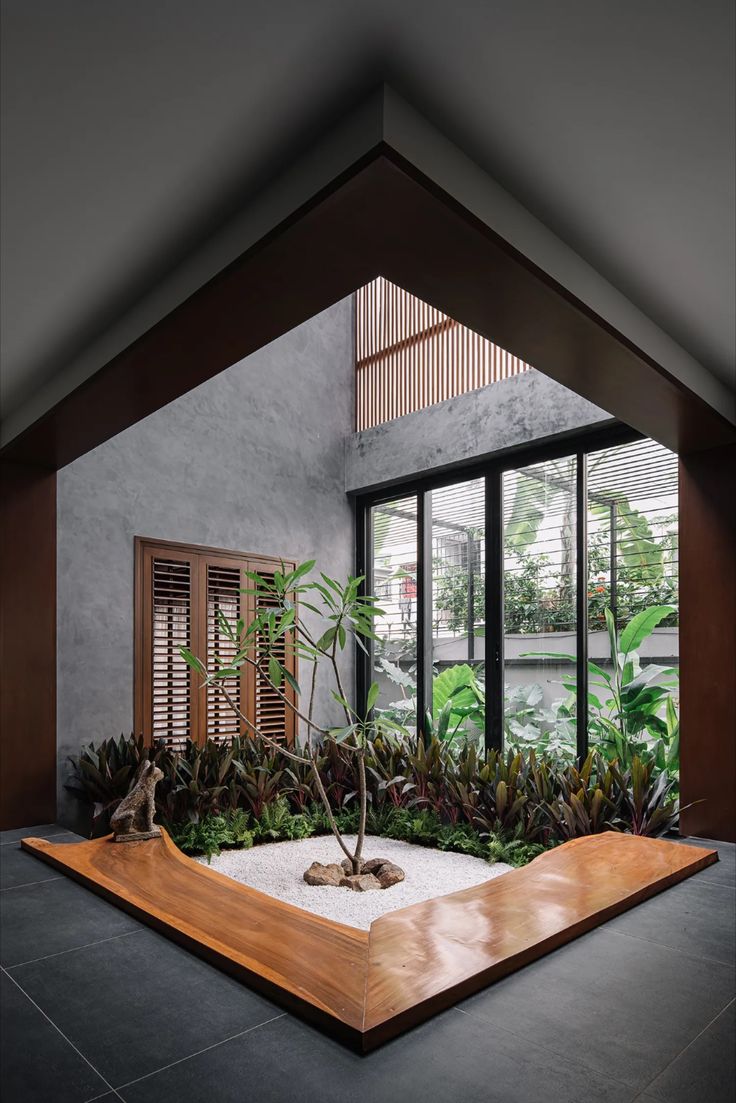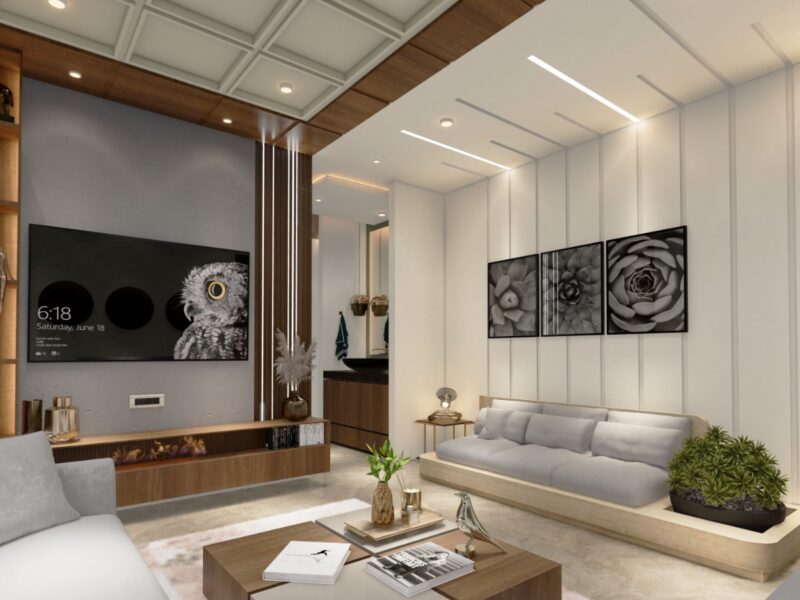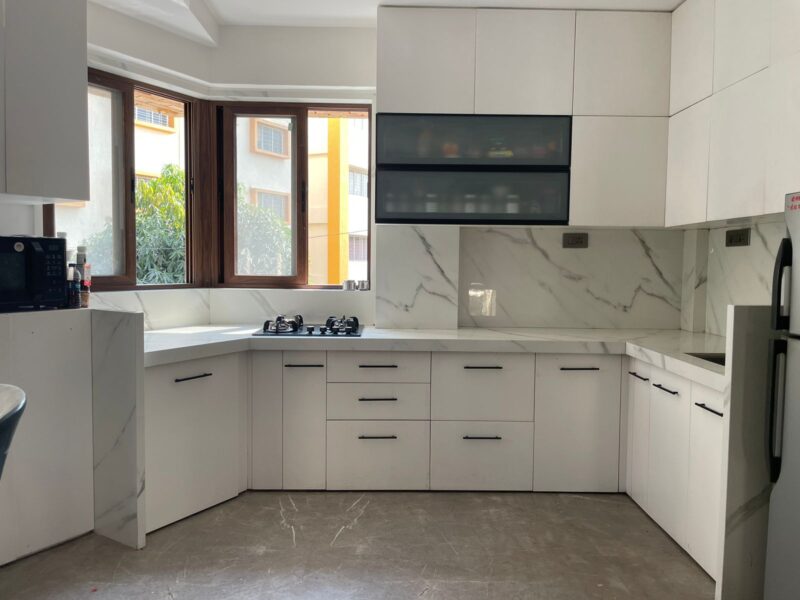
Courtyards in Architectural design
Courtyards in architecture is a versatile design elements that has been used for centuries in various architectural styles and climates around the world. They offer a range of benefits, including bringing nature inside while maintaining privacy and creating soothing extended spaces in the interiors.
1. Integration of Nature: Courtyards provide a seamless connection between the built environment and nature. They introduce greenery, sunlight, and fresh air into the heart of a building, creating a serene and natural atmosphere. This integration can significantly improve the overall quality of living or working spaces.
2. Privacy: Courtyards can act as buffers between the interior and exterior spaces, providing a sense of privacy and security. Tall walls, vegetation, or carefully positioned windows can shield the inhabitants from the outside world while allowing them to enjoy the benefits of an open, outdoor space.
3. Natural Ventilation and Lighting: Courtyards facilitate natural ventilation and lighting. The open space allows for the circulation of air, reducing the reliance on mechanical systems for cooling and improving indoor air quality. Sunlight entering the courtyard can also penetrate deep into the building, reducing the need for artificial lighting during the day.
4. Temperature Regulation: Courtyards can help regulate temperatures within a building. In hot climates, they can create shade and cooling through vegetation or water features. In cooler climates, they can act as solar collectors, trapping heat and warming the adjacent interior spaces.
5. Aesthetic Appeal: Courtyards contribute to the aesthetic appeal of a building. They serve as visually pleasing focal points, often adorned with landscaping, sculptures, or water features. The interplay of light and shadow in a courtyard adds depth and character to the architectural design.
6. Extended Living Spaces: Courtyards effectively extend interior living or working spaces. They can serve as outdoor living rooms, dining areas, or even places for contemplation and relaxation. This expansion of usable space enhances the overall functionality of a building.
7. Cultural Significance: Courtyards have a rich history in various architectural traditions around the world. They often hold cultural and symbolic significance, serving as gathering spaces for communal activities, ceremonies, and rituals.
8. Architectural Versatility: Courtyards are adaptable to various architectural styles and can be integrated into both residential and commercial buildings. They can be found in traditional designs, modern minimalist structures, and everything in between.
9. Climate Considerations: Courtyards are found in a variety of climates, but they are particularly prevalent in regions with temperate or Mediterranean climates, where outdoor living is favored due to mild weather conditions. However, they can also be adapted to harsher climates with thoughtful design, such as using retractable roofs or incorporating climate control systems.
In summary, courtyards in architectural design offer a harmonious blend of nature and the built structure, creating comfortable and aesthetically pleasing spaces that enhance the quality of life.




